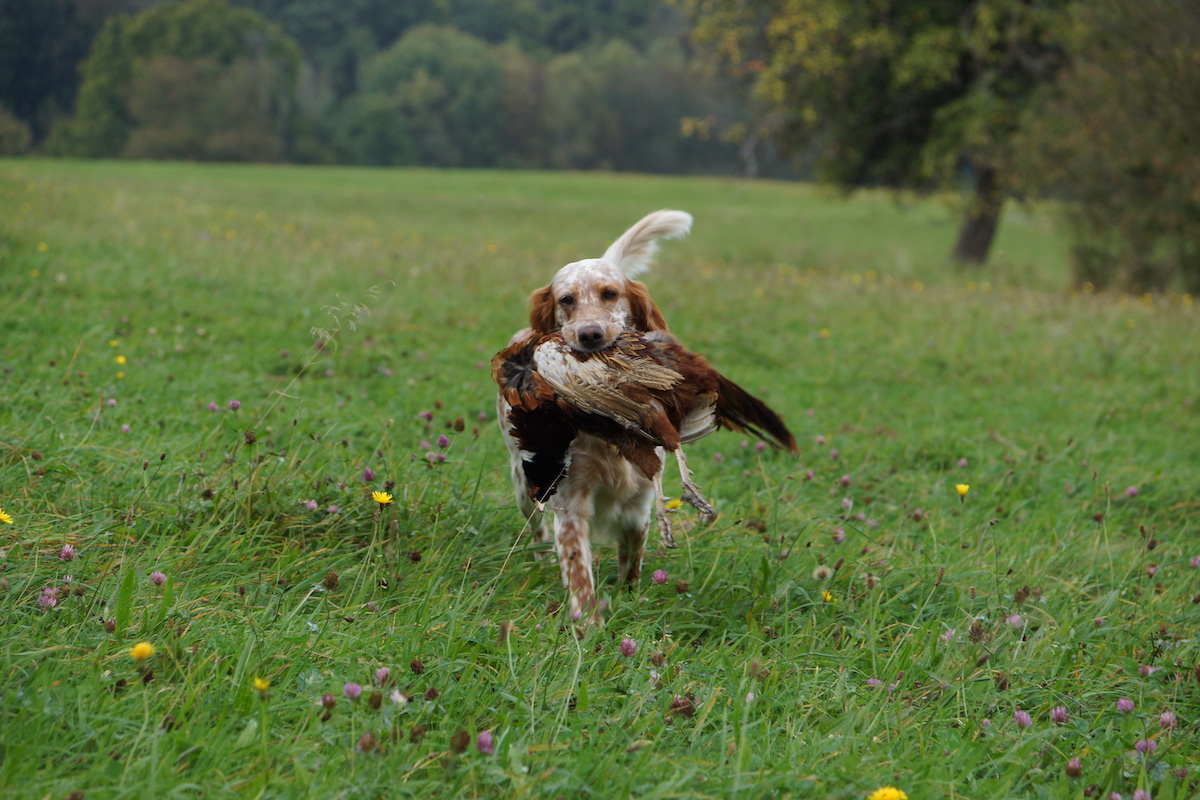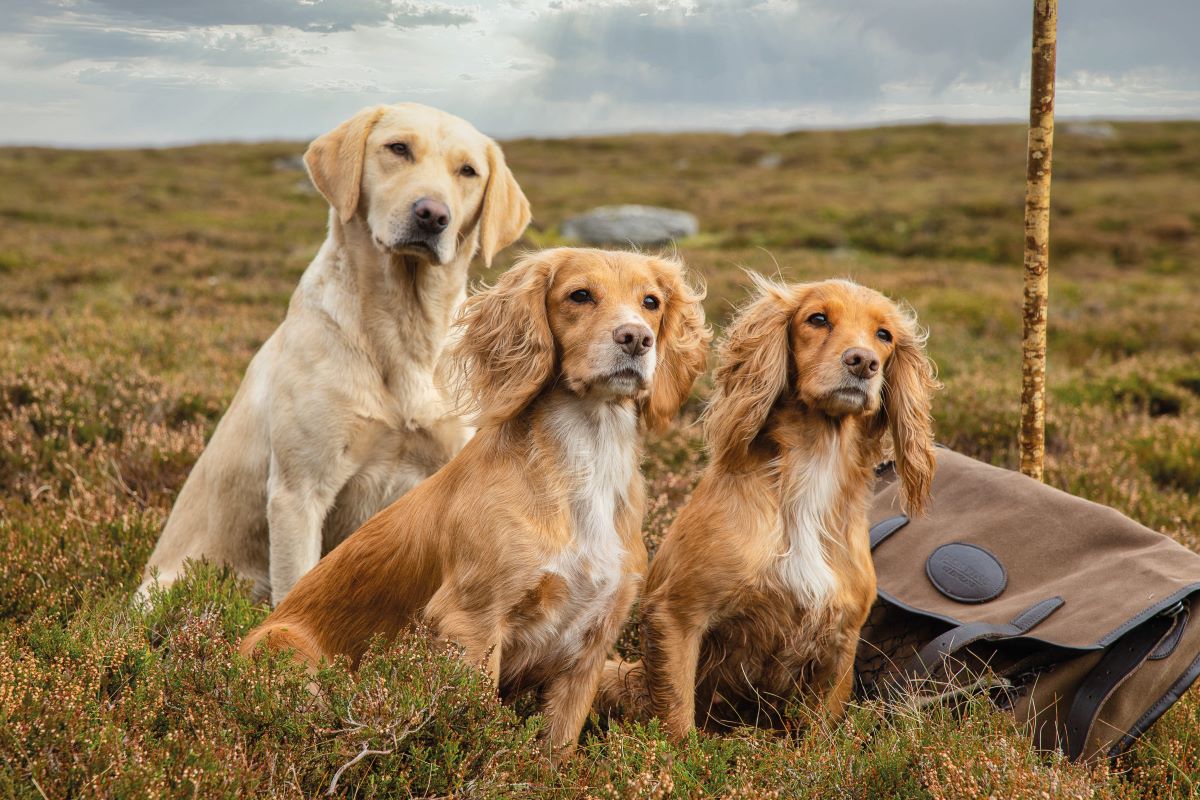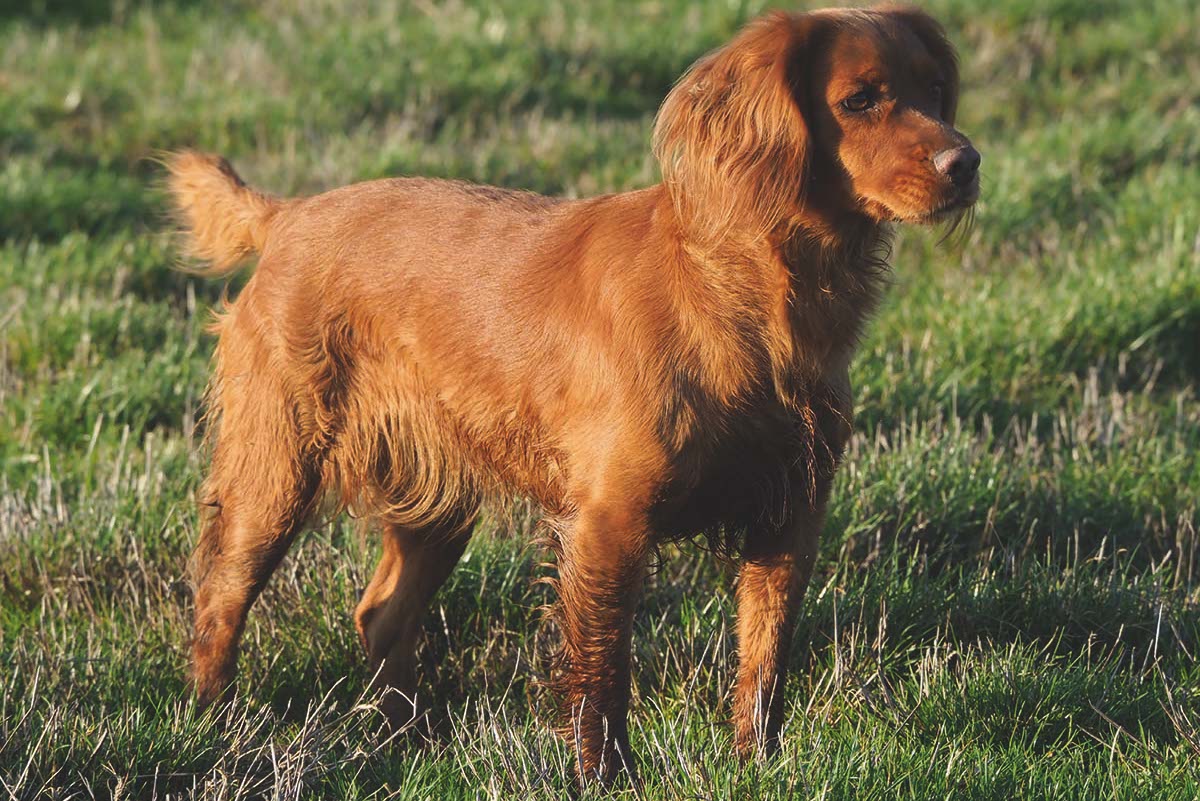English setter: a very traditional dog
English setters are superb at hunting and pointing and outstandingly elegant too. So why aren’t they more popular, asks David Tomlinson

While English setters are not natural retrieving dogs, they can be taught to retrieve
It’s a curious fact that the English setter is almost certainly the number one shooting dog in Europe and popular, too, in North America, but not here in its native country. We tend to regard setters of any type as specialist dogs, best for pointing grouse but never as a rough-shooter’s companion. In contrast, in Scandinavia, Spain, France, Italy and Greece the English setter is the hunter’s favourite and is expected to hunt, point and retrieve.
There’s a touch of irony in the fact that one of the most passionate supporters of the English setter is a German woman, Nina Paul-Wollmann, whose self-proclaimed mission in life is to promote the breed as a shooting dog.
Nina’s enthusiasm for her favoured breed is based, she says, “on their wonderful style of working, their outstanding elegance, combined with their enormous hunting efficiency. They are dogs that are born to hunt, born to find and point birds.”
It’s difficult to argue with that.
Part of the attraction for her is the breed’s natural ability. “They like hunting, pointing and backing other dogs, while they invariably have a strong natural relationship with their handler — it’s always a pleasure to hunt with an English setter.
“Another bonus is their character, which makes them such easy dogs to live with,” she adds. “They are highly social and extremely balanced, very calm and friendly to both people and other dogs. And last but not least, I love their beauty. Is there a more elegant dog than an English setter?”
Nina’s passion for English setters began as a child, growing up next door to a former president of the English Setter Club Deutschland. It was through him and his wife that she learnt how to handle and eventually train setters.
She got her first puppy when she was 12. This inspired her to get her hunting licence as soon as she could — a compulsory test is required to hunt in Germany. She qualified for her licence at the age of 16. As a result, her dogs have always been proper working gundogs. She became an international field trial judge in 2008, has worked as president of the English Setter Club Deutschland since 2009, and has her own distinguished kennel of English setters under the name English Birdland’s.
It’s an impressive CV. Apart from a passion for shooting over her own dogs — with expeditions in recent years to Norway to hunt willow grouse and blackgame — Nina has also trialled her dogs with notable success throughout Europe, as well as in the World Championships for Pointing Dogs. This year in Serbia, her bitch Chablis was declared European champion GT (gibier tiré, trial with shot birds) for the second year running. Five of the six setters in the German team running in the championships were from her Birdland’s kennel.

Nina with her setters after a successful day’s shooting in Norway ,for willow grouse and blackgame
Pure pointers
One of the requirements for any dog competing in the World Championship is an ability to retrieve, something that setters are rarely asked to do in this country. But are Nina’s dogs natural retrievers? “No, they’re not, and nor are they that easy to teach to retrieve. Because they have been bred as pure pointing dogs for so long, both setters and pointers have little natural retrieving instinct. I have to teach my puppies how to do it.
“I can usually manage this in a four- to six-week period, with two short practice sessions per day dedicated solely to retrieving. Once they have grasped what you want them to do, they love it, and will happily retrieve for the rest of their lives.”
Sensitive
However, the English setter does have some weaknesses. “They’re not great all-rounders in the same way as a German shorthaired pointer, for example, and they’ve no guarding instincts,” Nina admits. “They are sensitive dogs, so care has to be taken in their training. However, these characteristics are hardly weaknesses. They’re simply breed-specific traits that are all part of the positive qualities of the setter.”
In the past 50 years, English setters in the UK have diverged into two distinct types: show and work. The former have become bigger and heavier, while genuine working setters are now a rarity. With her dogs, Nina takes inspiration from the countries with top-class working English setters — primarily Italy, France and Spain. In these countries, performance is favoured over looks. She believes that the breed standard is important but, in terms of size, physique and coat, she favours the original Victorian ideal of the English setter — an elegant, agile working dog that excels in the field and is fit for function. I quite agree.
The future of the English setter in Europe looks healthy, thanks to people like Nina. Here in the UK, the interests of setter enthusiasts are well looked after by the English Setter Club, established in 1890 and the oldest working gundog club running under Kennel Club rules.
It’s an unusual club in that it is not concerned with showing, only working dogs. However, the English setter will never become popular as a shooting dog here unless it sheds its image as a grouse-moor specialist. If you fancy a rough-shooting dog with a difference, why not consider an English setter?








